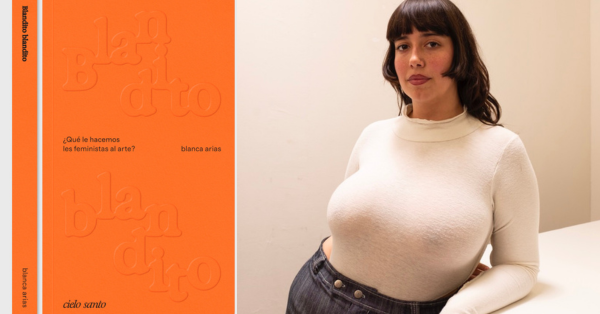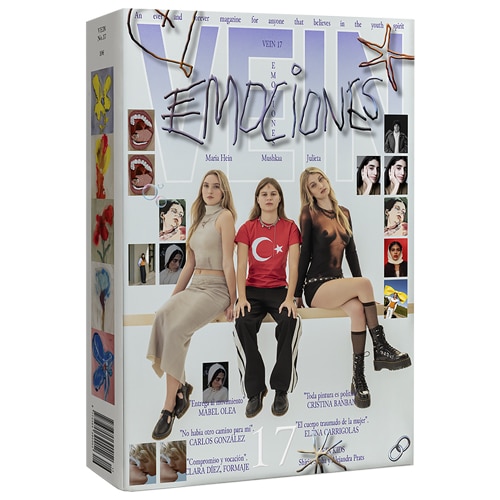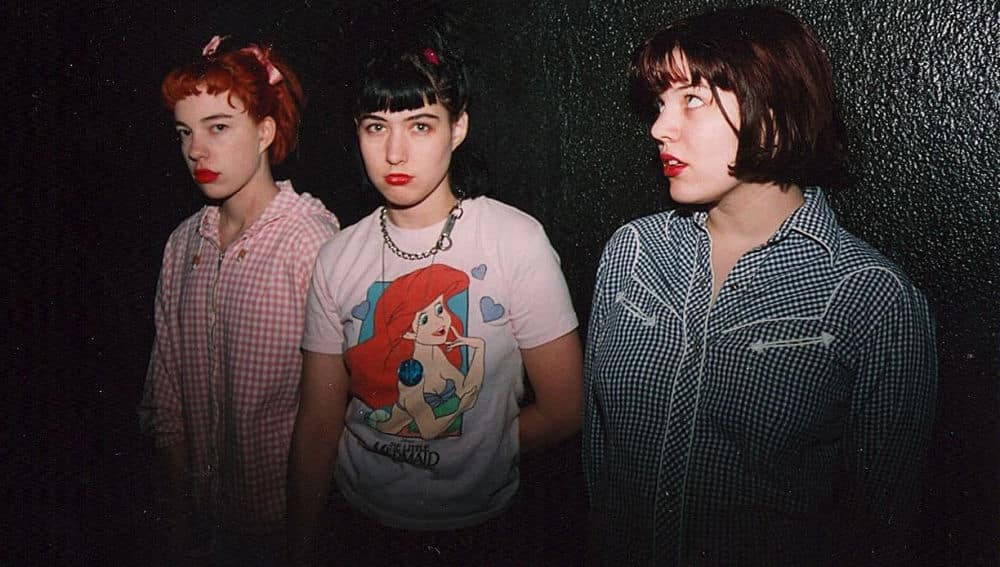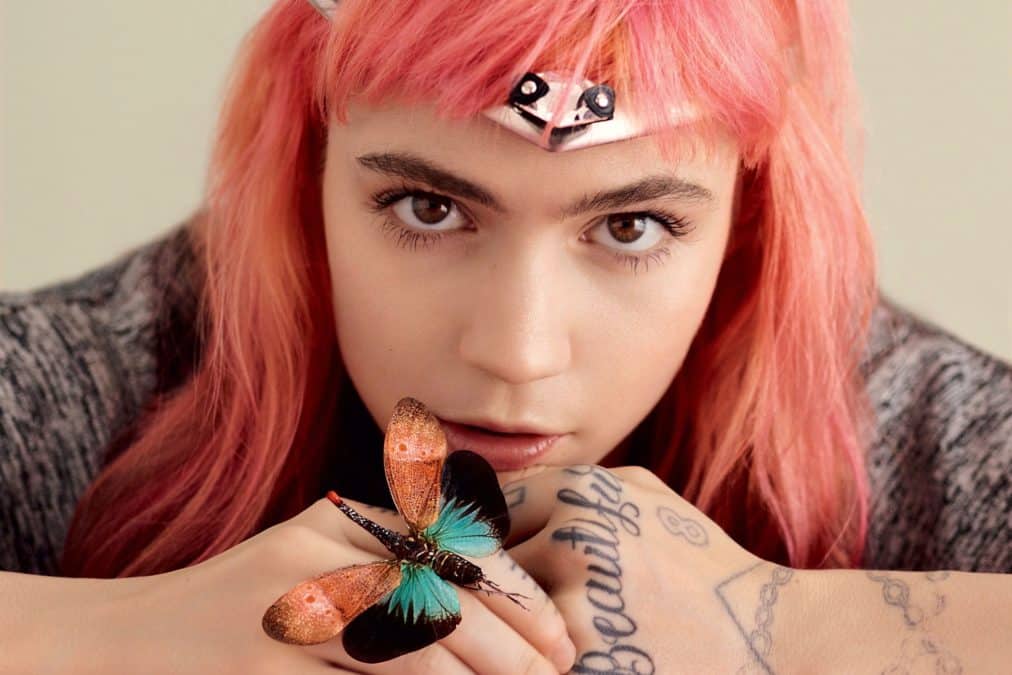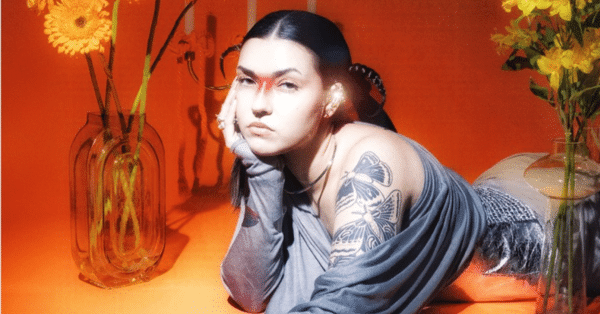In VEIN’s candid interview, designer Ruohan Nie reveals her quiet power: building a world of elevated minimalism where serenity meets strength — and luxury whispers rather than shouts.
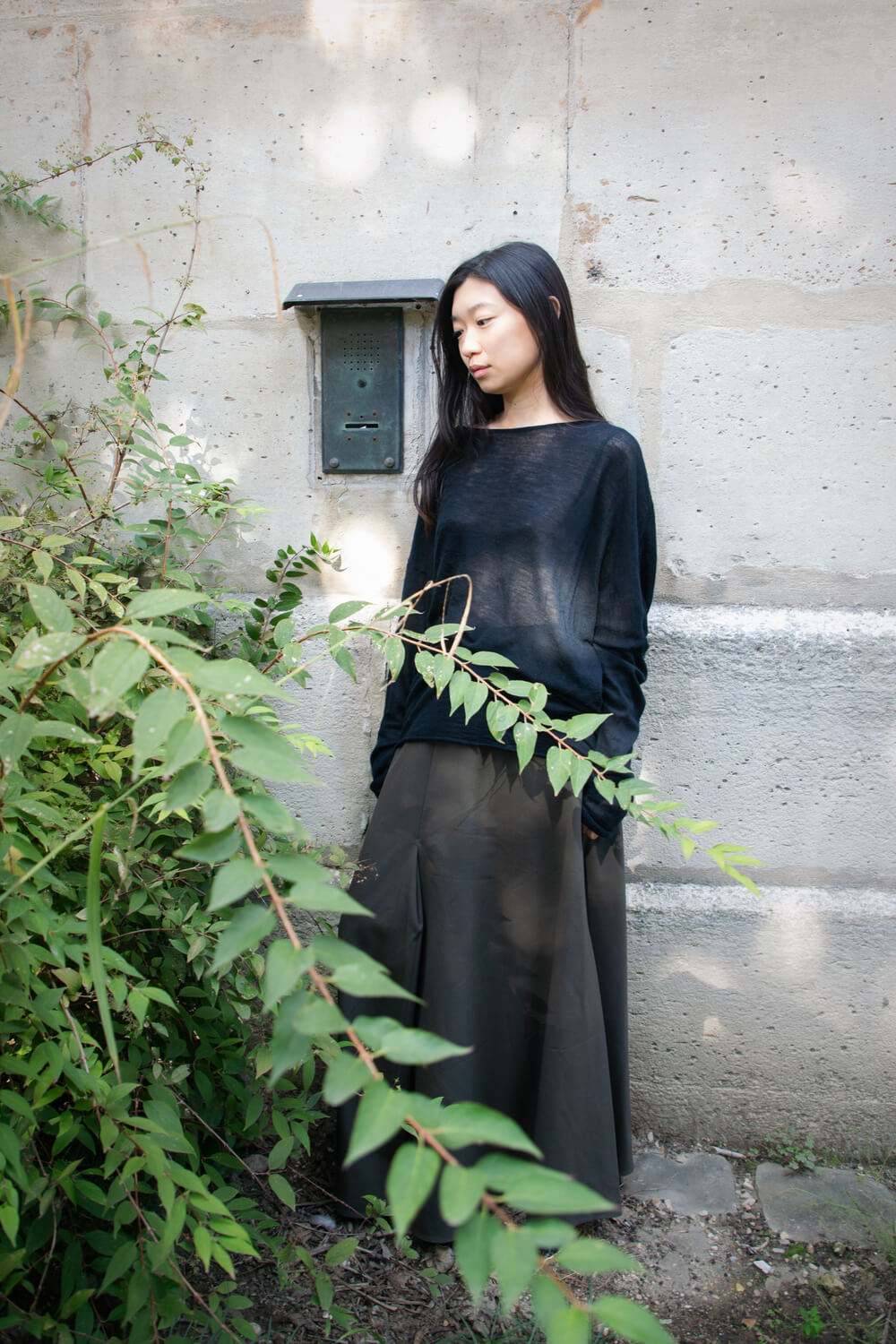
Ruohan Nie
During Paris Fashion Week buzzing with spectacle and celebrities, it was Ruohan Nie, the understated mastermind behind RUOHAN, who proved that the most resonant statements are often the quietest. Nie, who launched her label in 2021 after training at Parsons and gaining experience at The Row, Melitta Baumeister and La Garçonne, has become one of fashion’s most compelling emerging voices. RUOHAN’s clean yet emotionally charged aesthetic earned the Sustasia Fashion Prize, an important Asia-wide sustainability accolade recognizing her commitment to craft-intensive, low-waste design processes. For Spring Summer 2026, she unveiled “Passing Shadow, Long Afternoon” captured backstage at the National Archive museum in Paris by photographer Rita Castel-Branco. It unfolded with the quiet confidence of a designer who no longer needs to prove anything, only to refine.

While many designers this season embraced maximalism, Ruohan leaned into purity. She isn’t interested in nostalgia or softness for its own sake, she’s interested in clarity. As one critic noted, her clothes feel like “quiet power dressing for people who no longer need armor, just presence.” With a collection that felt intellectually rigorous yet emotionally tender, it is easy to forget how young the brand is. She has positioned herself not simply as a rising designer, but as a new architect of newgen minimalism.
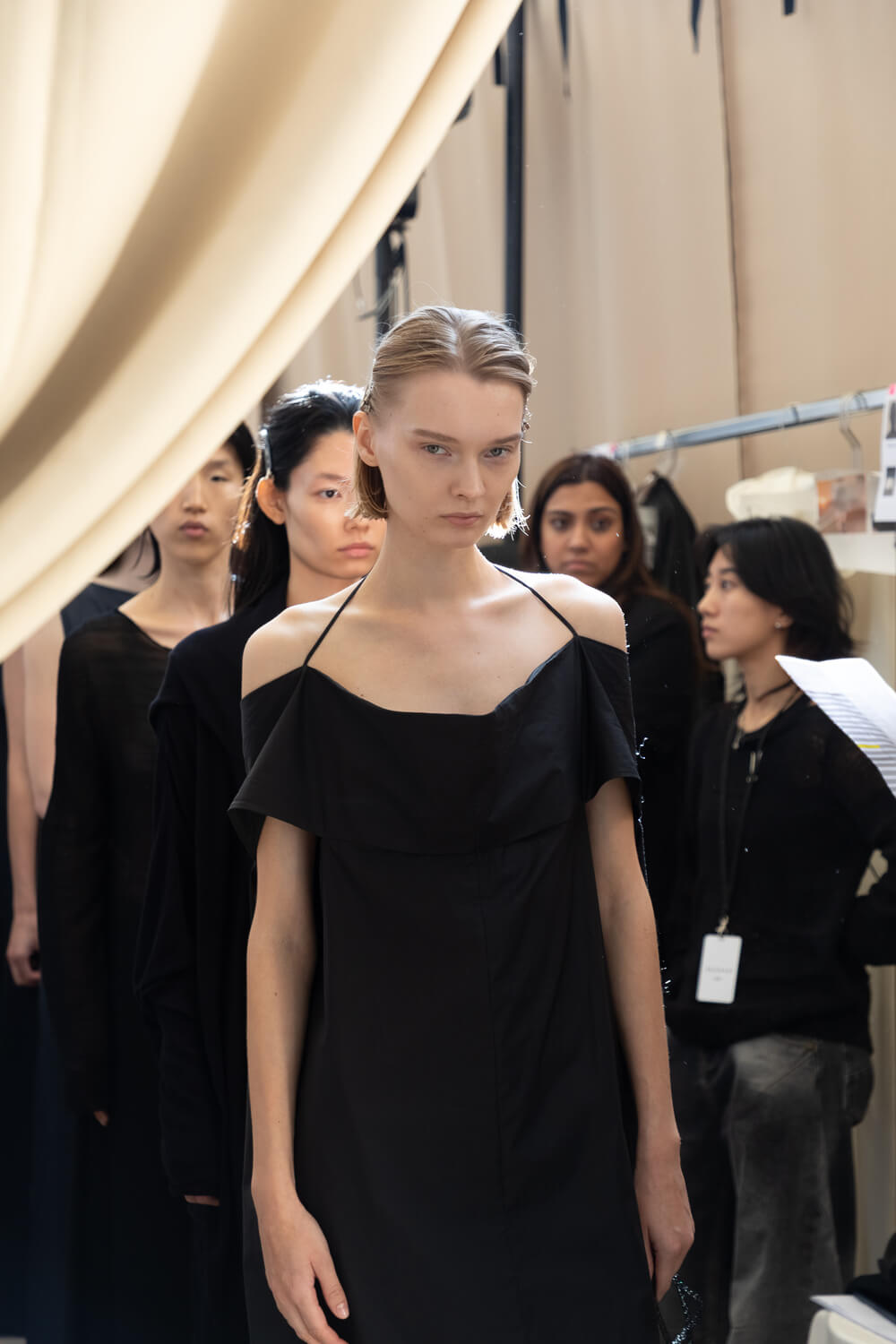
I’ve been following your work since your Andam nomination last year. Your pieces are timeless and poetic, it feels very grown up, at the same time, you are still young! There is a feeling of balance, which makes me want to ask: what were you like as a child and what drew you to fashion?
I was quite shy but premature when I was a young, since my parent are quite busy with their entrepreneurship, most of the time I was alone at home. But they filled my time with quite a lot of practices to do when I was young, like piano, cello, tennis, etc.
Fashion was always a thing for a young girl, but the anchor point was actually when I need to apply to colleges, that was the first time that I need to really decide something by myself for my future. And fashion became the thing when I was 16/17 years old. I can still recall watching Alexander McQueen’s show on YouTube in my dorm, and I was so shocked by this way of expressing art, very powerful, direct, yet contemporary. The documentary “Dior and I” was kind of my fashion enlightenment film, I was so intrigued by the different techniques and savor faire a fashion designer could manipulate. ”Warp printing” till today is still a thing to me haha.

You highlight texture and subtle detail, do you see fabric as the starting point of your storytelling, or does it serve more as a supporting element for your ideas?
Yes, fabrics are always my starting point for the collection. Since I am always doing rather long collection, which contains normally 3-4 seasons to fully portraying on one ideation, every collection is a practice process. And fabric is one of the process throughout the processes. I always make the example of creating a collection is like doing an oil painting, some fabric is canvas, define the grain; some fabric is the paint, give not only color, but also thickness and shine.
I love to design knitwear specifically, starting from yarns, and try to use singular yarn to manipulate in thousands of ways of knit sample.

You joined the official calendar of Paris Fashion Week in September 2022, what does it mean to you to show there?
I see being able to show in Paris as an opportunity of communication to a bigger audience. After three years, now coming to Paris become my routine of deadlines also inspirations. Which is actually the cool thing of fashion comparing to other art practices, we have deadlines.
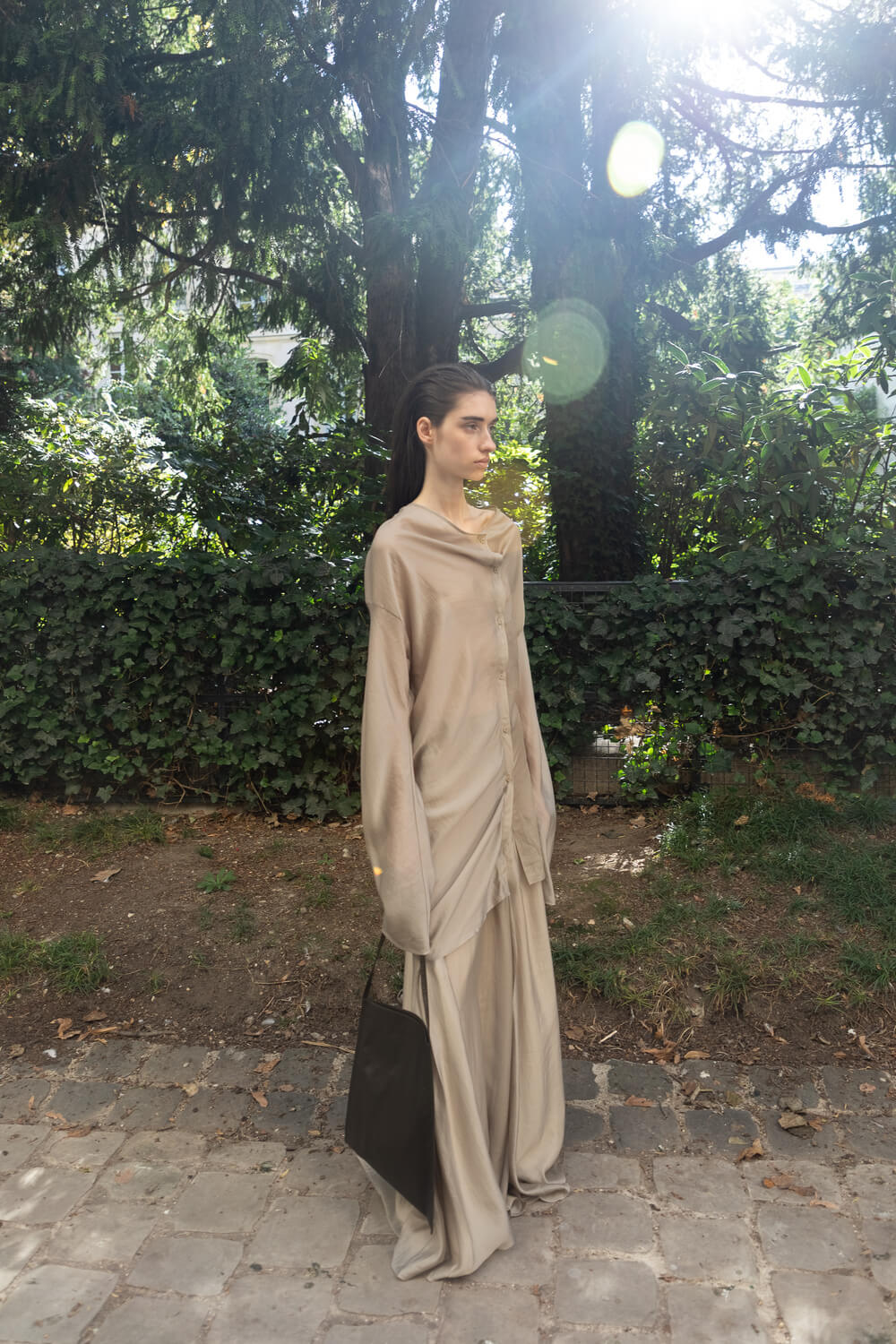
I never saw deadlines as cool before, but I think I would be lost and I wouldn’t get anything done if I didn’t have them. On the subject of Paris, does showing here influence the way you construct and edit a collection compared to showing in another city like Shanghai?
Unconsciously yes I believe. The styling and casting the venue, all these part forms a different collection.

For your Spring Summer collection, where did you find your inspiration, and how did you translate that into the minimal language of your brand?
The Spring Summer 2026 collection is the second chapter of my collection of “four seasons”, this collection is focused on the season summer. Summer to me is about rhythms, rhythm of the long afternoon, rhythm of the blue hours, rhythm of light, even rhythm of slowness. I was inspired by how Carl Andre represent his visual rhythm through his work “POEMS”. Instead of making rhythm of words, we tried to make word create their own rhythm and melodies, where we made music tapes base on the words chosen, where words become voiding on the music tape, and when the needle went through create a specific melody to each word. We manipulate the same practices in the makings of knitwear, creating knitwear patterns that comes from the music tapes. Silhouette wise, we continued our exploration of the structure of “Mortise and tenon”, which was the element throughout the collection four seasons. Minimizing seam lines, create structures through Mortis and Tenon puzzling.

You are from China, have worked and studied at Parsons Paris and Central Saint Martins. What role does cultural heritage play in your creative process, if at all? And what have you learned in the process?
Each city that I lived in definitely brought something different for me. Paris in 2016 was like an enlightenment of Art; New York taught me logic; London was actually where I start thinking as an individual creator and condensing out styles, elements, ways of making that I could conclude as what I like and prefer. I started to do oil paintings in 2018 during the time I was in CSM, there was a time I was really crazy about it, I painted every day, now I look back the paintings, they are quite clumsy, but quite pure. I feel culture in different city plays a different role, also in different stage of your life to encounter these culture could form a totally different person. I rather call them Influence than really what I learnt.

You have stated that you believe in power of simplicity. Are you more interested in expanding globally, or deepening your brand’s identity in a more intimate way?
Simplicity to me, means quality, naivety, naturalness, pureness. I think stay simple doesn’t counter global ambition. And of course, I want RUOHAN within time to become a well-known brand globally, but the ways to get their could varies. We believe in the repetitions and daily practices, at the same time we trust about affordance, actions in process matters.
The power of simplicity in communication could be a more in-depth conversation with our women, the power of simplicity in design could be a perfect French seam, a power of simplicity in visual could be using tell longer and broader stories all around the world…
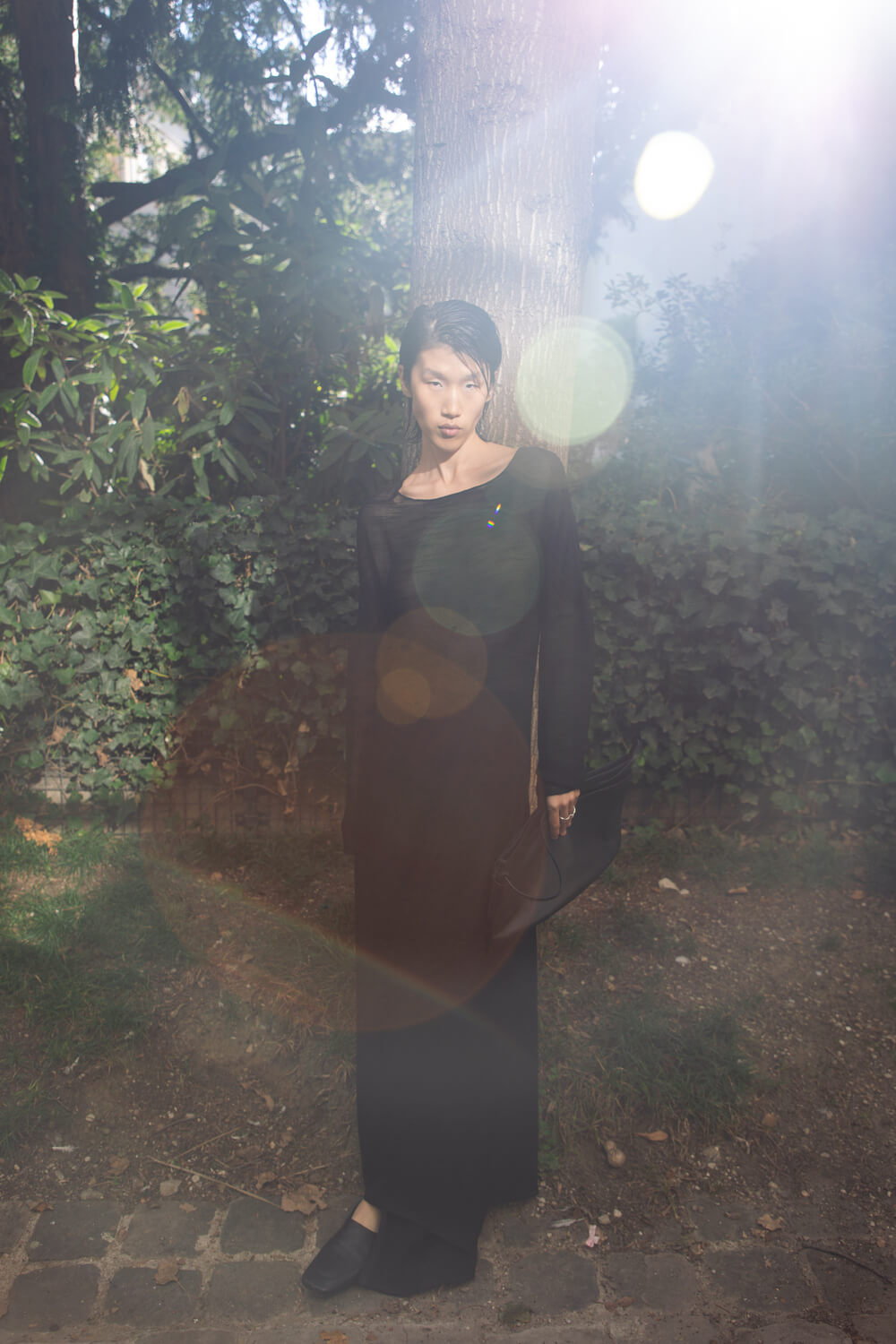
Do you see collaborations with artists, brands, or craftsmen playing a part in your future?
Yes, the most important thing is to continuously see different visions and practices of expressions and designs.
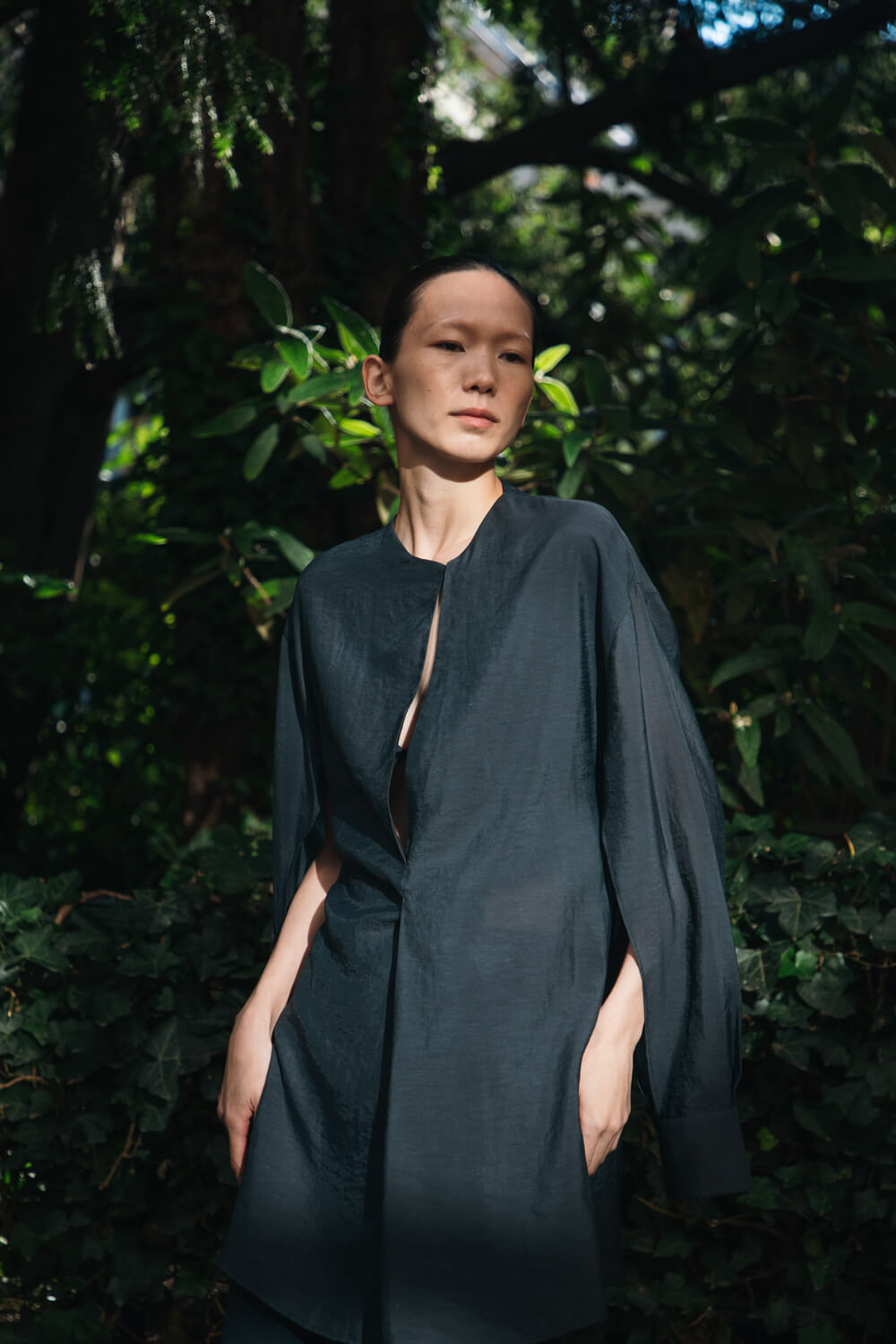
Fashion is still an industry where two-thirds of creative director roles are held by men. How has your perspective as a woman shaped your journey as a designer?
Time will tell. As a women we can be our User No.0, there is already a difference.
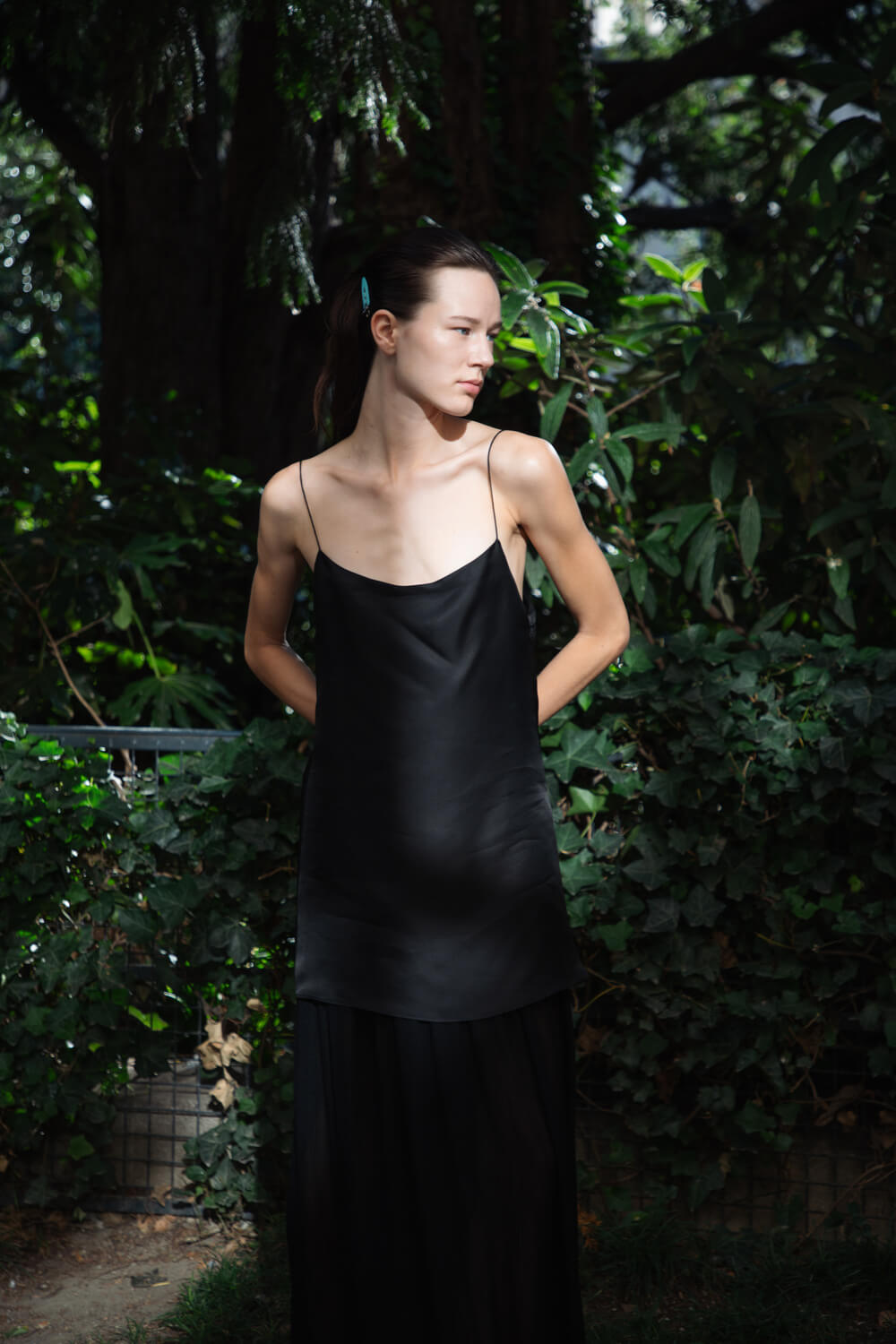
Do you feel that being a woman gives you a unique way of understanding clothing and the body?
Of course Yes, I started the brand when I was 21, and now I’m turning 27, even I can feel the change of my body bit by bit. Building a collection for me is quite a logical, my relationship to clothing becomes more and more emotional.

Finally, what is modern and or contemporary to you?
Modern is method, contemporary is process.

Photography by Rita Castel-Branco for VEIN MAGAZINE


